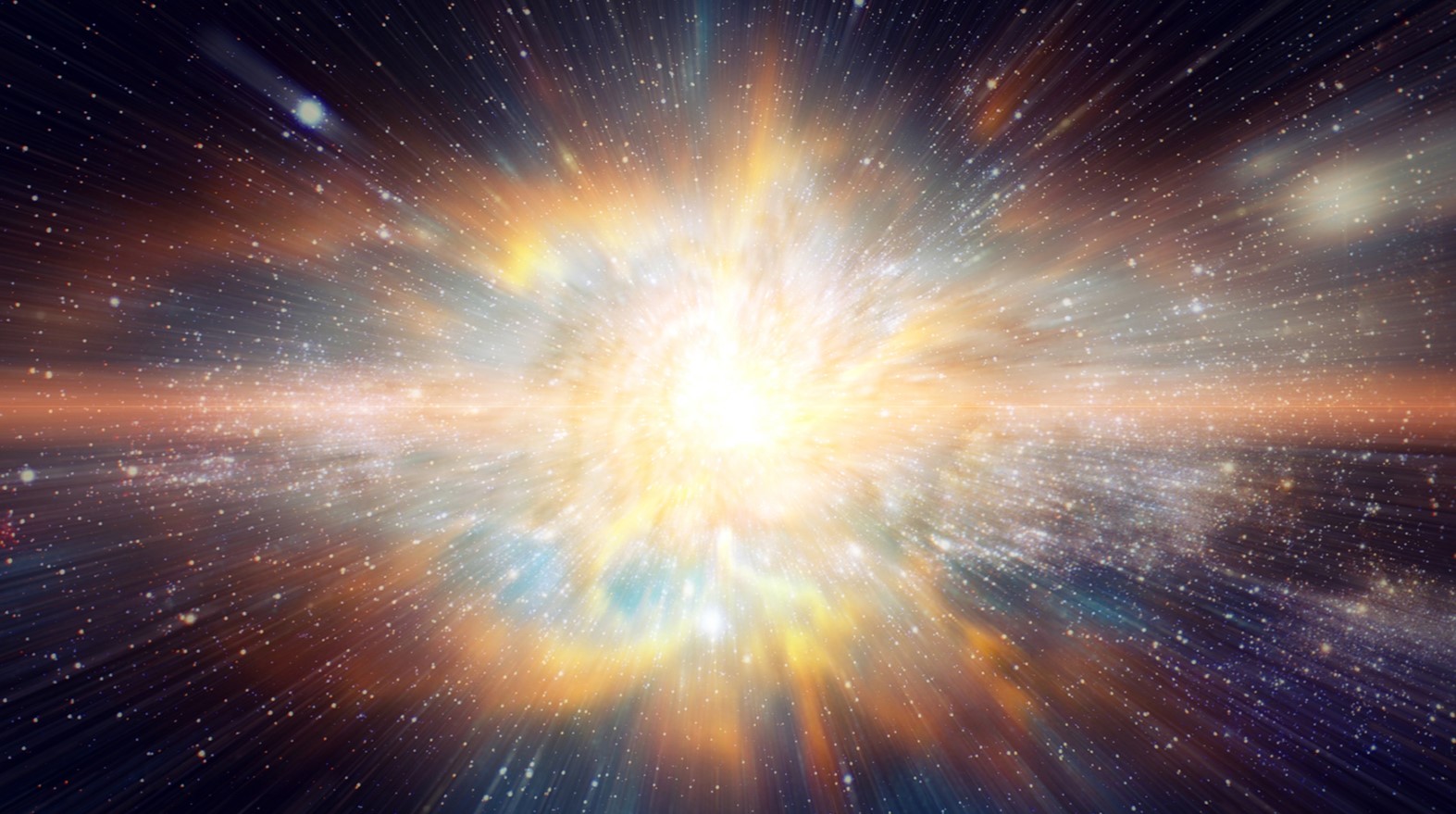
Cosmic rays are high-energy particles that originate from various astrophysical sources, such as supernovae, active galactic nuclei, and black holes. These particles travel through space at nearly the speed of light and can have a significant impact on our understanding of the universe. In order to comprehend their behavior and characteristics, scientists have developed cosmic ray propagation models.
These models play a crucial role in understanding the origins, composition, and propagation of cosmic rays. They help us unravel the mysteries surrounding the interactions between these energetic particles and various components of the interstellar medium. With the advancement of technology and the collection of more data, these models have evolved and become more sophisticated over time.
In this article, we will delve into 13 extraordinary facts about cosmic ray propagation models. From their historical development to their current applications in astrophysics, we will explore the fascinating world of these models and their contribution to our understanding of the universe.
Key Takeaways:
- Cosmic ray propagation models use math to understand high-energy particles from space, helping scientists predict their behavior and protect astronauts during space missions.
- By studying cosmic ray propagation, scientists can uncover the secrets of galactic magnetic fields, dark matter, and the origins of these extraordinary particles in the universe.
Cosmic rays are high-energy particles.
Cosmic rays are composed of protons, electrons, and atomic nuclei that travel through space at nearly the speed of light.
Cosmic rays originate from outside the Earth’s atmosphere.
These particles come from outer space, with sources including supernovae, black holes, and active galactic nuclei.
Cosmic ray propagation models use mathematical equations.
Scientists use complex mathematical models to simulate the behavior and movement of cosmic rays throughout the universe.
Cosmic ray propagation models help understand the origin of cosmic rays.
By studying the behavior of cosmic rays, scientists can gain insights into their sources and the processes that accelerate them to high energies.
Different models account for various factors affecting cosmic ray propagation.
Factors such as magnetic fields, interstellar gas densities, and interactions with radiation are taken into account to create accurate models.
Cosmic ray propagation models aid in predicting cosmic ray flux on Earth.
These models can estimate the number of cosmic rays that reach the Earth’s surface, which is essential for studying their effects on the atmosphere and living organisms.
Data from cosmic ray detectors validate the accuracy of propagation models.
Scientists compare the measurements obtained from ground-based and satellite detectors to the predictions made by the propagation models.
Cosmic ray propagation models are continuously refined and updated.
As new data becomes available and more research is conducted, the models are adjusted to improve their accuracy and reliability.
Understanding cosmic ray propagation is crucial for space exploration.
Cosmic rays can pose radiation hazards to astronauts, and accurate models help in devising protective measures for long-duration space missions.
Cosmic ray propagation models contribute to the study of galactic magnetic fields.
By observing the direction and intensity of cosmic rays, scientists can infer information about the structure and properties of magnetic fields in our galaxy.
Cosmic ray propagation models aid in the search for dark matter.
Scientists use these models to study the interactions between cosmic rays and potential dark matter particles, which can help unravel the mysteries of the universe.
The energy spectrum of cosmic rays is an essential component of propagation models.
Different particles have different energy ranges, and understanding the energy distribution is crucial for accurately predicting cosmic ray behavior.
Cosmic ray propagation models help unlock the mysteries of cosmic ray origins.
Through the exploration of various models, scientists hope to unravel the complex mechanisms responsible for producing cosmic rays in the universe.
Conclusion
In conclusion, cosmic ray propagation models are essential tools in understanding the complex nature of these high-energy particles. We have explored 13 extraordinary facts about these models and how they contribute to our knowledge of the universe. From their role in studying the origin and acceleration mechanisms of cosmic rays to their usage in predicting radiation exposure for astronauts, these models have proved invaluable in various scientific endeavors.By accurately simulating the behavior and interactions of cosmic rays as they traverse through the vast expanse of space, these models enable us to uncover the mysteries surrounding these energetic particles. They play a crucial role in space exploration and help us design strategies to mitigate the effects of cosmic rays on human spaceflight.As our understanding of cosmic rays continues to expand, so too will the sophistication of these propagation models. They will undoubtedly play an increasingly significant role in shaping our knowledge of the universe and aid in future space exploration endeavors.
FAQs
Q: What are cosmic ray propagation models?
A: Cosmic ray propagation models are mathematical frameworks used to simulate the behavior and movement of high-energy particles known as cosmic rays as they travel through space.
Q: Why are cosmic ray propagation models important?
A: These models help scientists analyze and understand the complex nature of cosmic rays, including their origins, acceleration mechanisms, and interactions with various mediums.
Q: How do cosmic ray propagation models contribute to space exploration?
A: By accurately simulating cosmic ray behavior, these models help in predicting radiation exposure levels for astronauts during space missions and aid in spacecraft design to protect against the harmful effects of cosmic rays.
Q: What are some applications of cosmic ray propagation models?
A: Cosmic ray propagation models are used in a wide range of scientific disciplines, including astrophysics, space weather research, and cosmic ray detection experiments.
Q: How do cosmic ray propagation models evolve over time?
A: With advances in technology and increased knowledge about cosmic rays, these models continually improve, incorporating new data and refinements to enhance their accuracy and reliability.
Cosmic ray propagation models provide valuable insights into the fascinating world of high-energy particles traversing through space. Beyond this captivating subject, delve deeper into the mysteries of the universe by exploring the surprising facts about magnetic fields, which play a crucial role in shaping cosmic phenomena. For those with an insatiable curiosity about the cosmos, mind-blowing facts about astrophysics await, offering a glimpse into the fundamental laws governing the universe. Lastly, embark on a journey through the interstellar medium, where intriguing facts reveal the complex tapestry of gas, dust, and cosmic rays that permeate the vast expanses between stars.
Was this page helpful?
Our commitment to delivering trustworthy and engaging content is at the heart of what we do. Each fact on our site is contributed by real users like you, bringing a wealth of diverse insights and information. To ensure the highest standards of accuracy and reliability, our dedicated editors meticulously review each submission. This process guarantees that the facts we share are not only fascinating but also credible. Trust in our commitment to quality and authenticity as you explore and learn with us.


